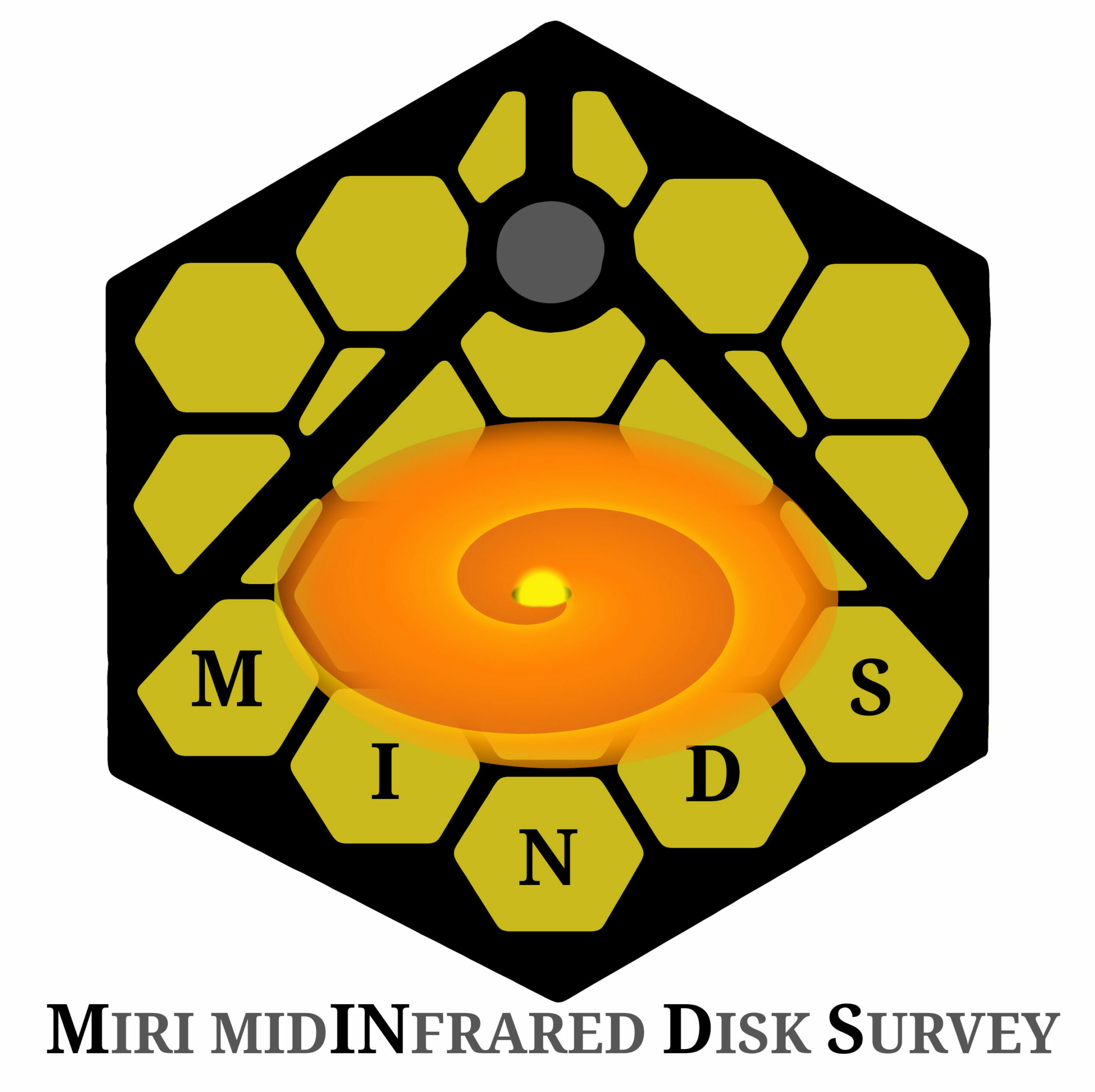
highlight the differences in flux and resolution. The iSHELL observations are offset by 0.75 Jy. The vertical lines at the top of the
plot indicate the positions of the 12CO v=2-1 (teal) and 13CO v=1-0 (orange) transitions, to highlight the main contributors of the
secondary CO emission peaks visible in this wavelength region.
The MRS mode of the JWST-MIRI instrument has been shown to be a powerful tool to characterise the molecular gas emission of the inner region of planet-forming disks. Here, we analyse the spectrum of the compact T-Tauri disk DR Tau, which is complemented by high spectral resolution (R~60000-90000) CO ro-vibrational observations. Various molecular species, including CO, CO2, HCN, and C2H2 are detected in the JWST-MIRI spectrum, for which excitation temperatures of T~325-900 K are retrieved using LTE slab models. The high-resolution CO observations allow for a full treatment of the line profiles, which show evidence for two components of the main isotopologue, 12CO: a broad component tracing the Keplerian disk and a narrow component tracing a slow disk wind. Rotational diagrams yield excitation temperatures of T>725 K for CO, with consistently lower temperatures found for the narrow components, suggesting that the disk wind is launched from a larger distance. The inferred excitation temperatures for all molecules suggest that CO originates from the highest atmospheric layers close to the host star, followed by HCN and C2H2, which emit, together with 13CO, from slightly deeper layers, whereas the CO2 originates from even deeper inside or further out in the disk. Additional analysis of the 12CO line wings hint at a misalignment between the inner (i~20 degrees) and outer disk (i~5 degrees). Finally, we emphasise the need for complementary high-resolution CO observations, as in combination with the JWST-MIRI observations they can be used to characterise the CO kinematics and the physical and chemical conditions of the other observed molecules with respect to CO.
Scientific article:
MINDS. The DR Tau disk I: combining JWST-MIRI data with high-resolution CO spectra to characterise the hot gas. By: M. Temmink et al. [original]
